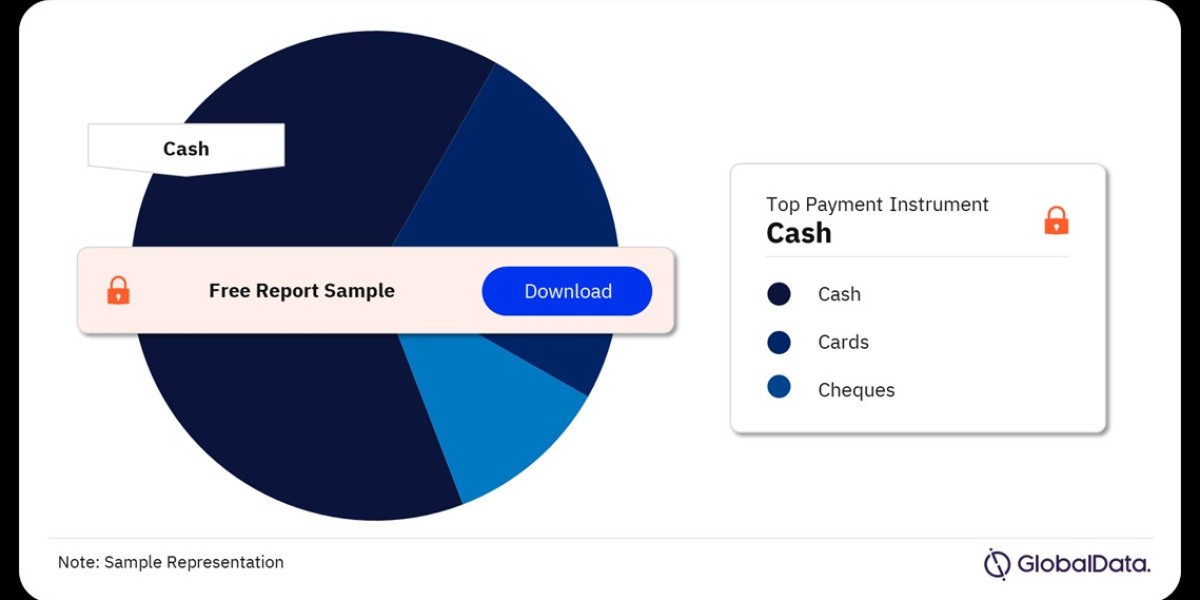This article explores the key trends, challenges, and opportunities shaping Kenya's cards and payments landscape.
The Rise of Mobile Money in Kenya
- M-Pesa: Safaricom's M-Pesa has been a game-changer in Kenya, providing a convenient and accessible platform for mobile money transactions.
- Financial Inclusion: M-Pesa has played a crucial role in expanding financial inclusion, enabling millions of unbanked and underbanked individuals to access financial services.
- Diverse Applications: M-Pesa has been used for a wide range of transactions, including peer-to-peer transfers, bill payments, airtime purchases, and even remittances.
Beyond M-Pesa: Other Payment Methods
While M-Pesa dominates the mobile money market, other payment methods are also gaining traction:
- Debit and Credit Cards: The use of debit and credit cards is gradually increasing, particularly in urban areas.
- E-Wallets: Mobile wallets like Airtel Money and Tigo Cash are offering alternative payment options.
- QR Codes: QR code payments are becoming more prevalent, especially in retail stores and restaurants.
Challenges Facing the Kenyan Cards and Payments Market
- Infrastructure Development: Improving infrastructure, such as internet connectivity and power supply, is crucial for the growth of digital payments.
- Security Concerns: Addressing security challenges related to fraud, data breaches, and cyberattacks is essential for building trust in digital payments.
- Financial Literacy: Enhancing financial literacy among the population is necessary to ensure effective use of digital payment services.
- Regulatory Framework: A conducive regulatory environment is essential for the growth and development of the cards and payments market.
Opportunities for Growth in the Kenyan Cards and Payments Market
- Expanding Financial Inclusion: Continuing efforts to reach the unbanked and underbanked population through innovative payment solutions.
- E-commerce Growth: Supporting the growth of e-commerce by providing secure and convenient payment options.
- Cross-Border Payments: Facilitating cross-border payments to enhance trade and investment.
- Innovation: Embracing new technologies and innovations, such as blockchain and biometric authentication, to improve payment services.
- Government Initiatives: Leveraging government support and initiatives to promote digital payments and financial inclusion.
Key Trends in the Kenyan Cards and Payments Market
- Mobile Payments Dominance: Mobile money services continue to dominate the market, with M-Pesa maintaining a strong market share.
- Increased Use of Debit and Credit Cards: Debit and credit card usage is gradually increasing, especially among urban populations.
- E-commerce Growth: The growth of e-commerce has driven demand for digital payment methods.
- Financial Inclusion: Continued efforts to expand financial inclusion through mobile money and other digital payment solutions.
- Technological Advancements: The adoption of new technologies, such as biometric authentication and contactless payments.
Future Outlook for the Kenyan Cards and Payments Market
The future of Kenya's cards and payments market looks promising, with continued growth driven by technological advancements, government initiatives, and increasing financial inclusion. As the country's economy continues to develop, the demand for digital payment services is expected to rise.
Buy the Full Report for More Information on the Kenya Cards and Payments Market Forecast Download a Free Sample Report








